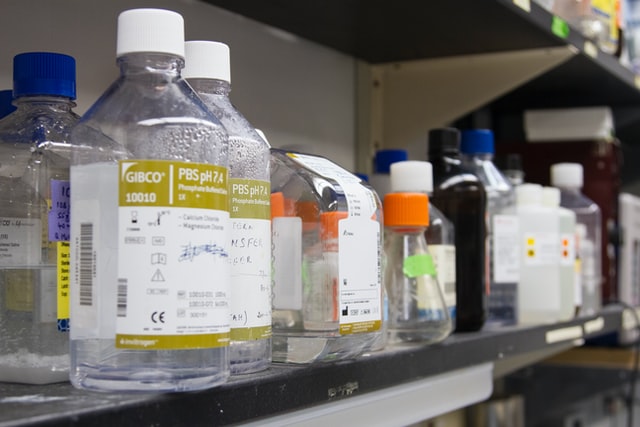Lou Gehrig’s Disease and Correlation with Nursing
Introduction
Lou Gehrig’s disease, also known as Amyotrophic Lateral Sclerosis, is a vicious neurological disease with uncertain pathogenesis. This illness progresses continuously as the nerve cells that control voluntary muscles are attacked. Hence, there is a profound effect on the human-controlled muscle actions. The rapid degeneration of brain and spinal cord motor neurons eventually makes it impossible for the patient to receive impulses. The body initially weakens and ultimately paralyzes due to the swift muscle deterioration process (Fang, Ingre, Roos, Kamel, & Piehl, 2015).
Etiology & Epidemiology
A number of factors cause Lou Gehrig’s disease. More than half of the cases demonstrate the presence of genetic mutations. Till this day, the scientists have been successful in identifying two defective proteins; one linked with the regulation of RNA and the other flawed protein is apparent in the process of unnecessary protein clearance. In addition, ALS etiology may also “involve glutamate excitotoxicity, superoxide dismutase mutation, and free-radical neutrotoxicity” (Caterino & Kahan, 2003). As far as its epidemiology is concerned, “the incidence of ASL is approximately 1-2 per 100,000 with a prevalence of about 5 per 100,000, men being affected more commonly than women” (Shoenfeld, 2014).
Symptoms
Lou Gehrig’s disease is represented by a numerous symptoms including cramping, muscle aches, limb weakness, difficulty in the execution of normal activities, trouble in swallowing, slurred speech, and respiratory muscle weakness (Caterino & Kahan, 2003). All the mentioned symptoms weaken the immune system of the ALS patient eventually requiring treatment.
Treatment and Prevention
It is rather unfortunate that no cure has been identified for the prevention of ALS. However, there are a number of preventive methods that can be utilized for helping the Lou Gehrig’s Disease patients to move about independently. The employment of aiding devices and equipments such as wheelchairs, speech synthesizers, and Hoyer lifts could be extremely facilitating for the ALS patients. Computerized devices and specific gadgets are also important in making their lives easier. In case of ventilator issues, mechanical ventilation is also certainly helpful. Hospice care is encouraged when an ALS patient reaches the terminal stage. As far as the ALS treatment is concerned, Rilutek was approved by the Food and Drug Administration in 1995 as the first ALS drug. Whereas it does not cure the disease, this drug is still considered valuable for adding few months to most patients’ lives. Another drug regarded for ALS treatment is Myotrophin for the restoration of damaged neurons. However, its ineffectiveness has not made researchers confirm or approve it as the best drug option (Wade, 2001). It needs to be mentioned that ALS consequences can be best treated through palliative treatment.
How this correlates with my major/career in Nursing?
As a nurse/nursing student, I can play an extremely influential role in treating and caring for ALS patients through the provision of mental, physical, and emotional support. Nurses are required to facilitate Lou Gehrig’s Disease patients’ physical independence and emotional wellbeing with a comprehensive program for rehabilitation. I believe I could encourage ALS patients to participate in routine tasks. Also, engagement in exercises can also help them to live an active life. The provision of regular and suitable medication to the Lou Gehrig’s Disease patients is also a critical responsibility of nurses. Lou Gehrig’s disease is a devastating disease with no cure but the treatment offered by multidisciplinary teams and/or clinicians is effective in improving the quality of life of ALS patients.
References
Caterino, J. M., & Kahan, S. (2003). In a Page: Emergency Medicine. Malden, MA: Blackwell.
Fang, F., Ingre, C., Roos, P., Kamel, F., & Piehl, F. (2015, February 12). Risk factors for amyotrophic lateral sclerosis. Clinical Epidemiology, 7, 181-193. doi:10.2147/clep.s37505
Shoenfeld, Y. (2014). Diagnostic criteria in autoimmune diseases. New Jersey: Humana.

